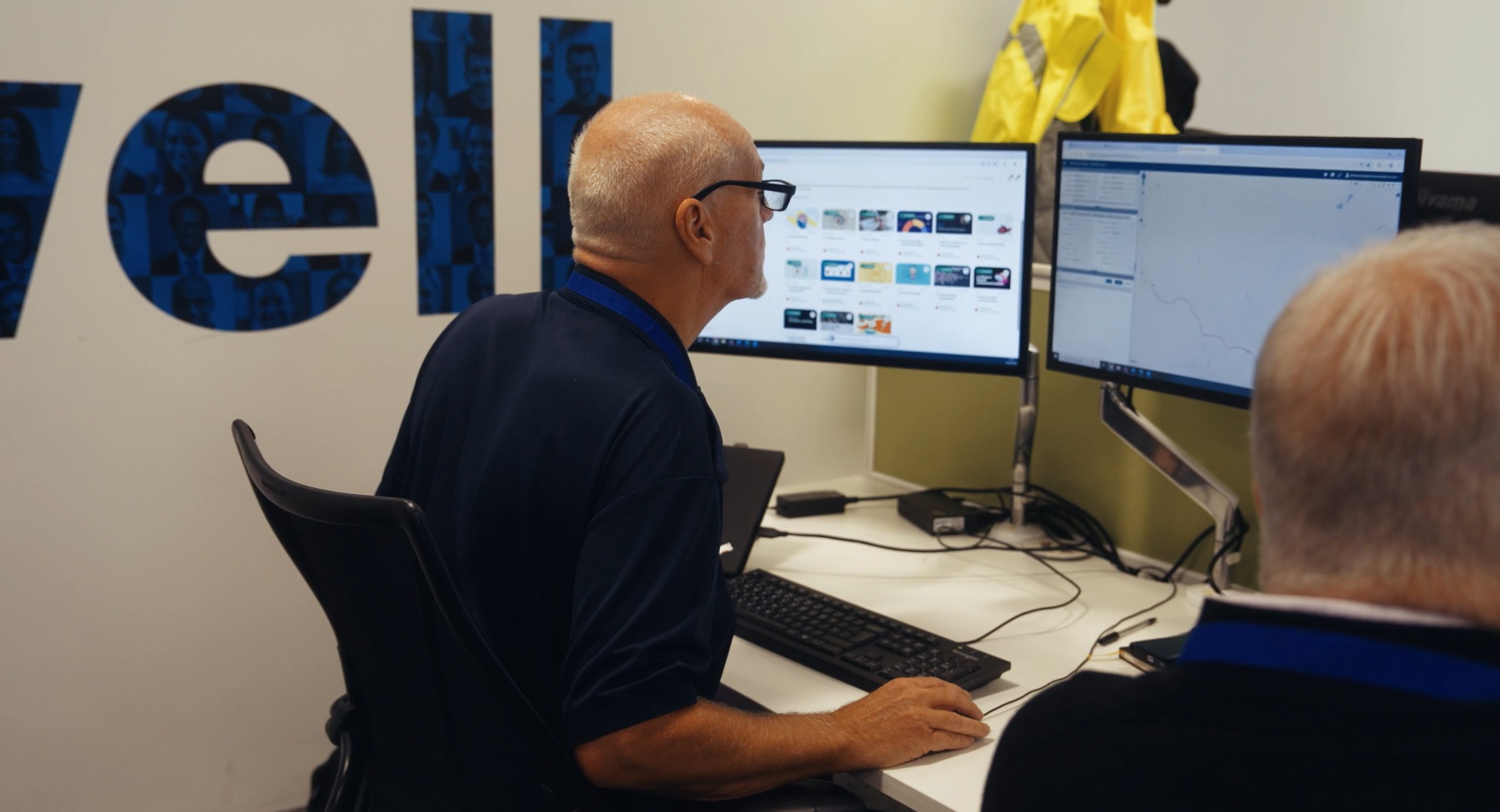5 ways to build a culture of lifelong learning without overwhelming your people
How to make learning second nature — not another task — by creating trust and the right environment for growth.

Learning doesn’t stop when you leave school, or when your onboarding period ends.
As L&D pro’s, you’re well acquainted with this idea. The aspirational white whale of “lifelong learning” is something that those in the industry are consistently pursuing – but the million dollar (or in our case, pound, even if it doesn’t have quite the same ring to it) question is: How do you build this culture, without making your employees feel overwhelmed and drowned in content?
To close out Get The Nation Learning Week, we’re rounding up five easy, actionable ways that L&D can build a culture of lifelong learning in a way that feels effortless.
1. Integrate learning into the flow of work
The number one way to make lifelong learning feel effortless is to integrate it into the flow of work. Again, this is well-trodden ground for L&D professionals – but how do you actually make it happen? Here are a few simple ways to get started:
- Microlearning. In order to think big, you first have to think small. Make learning micro, with small, digestible resources that fit between meetings or emails. This is how you can make the “task” of learning feel less like a chore, and more like a natural part of your people’s working day.
- Learning nudges. Let’s be realistic. People are busy, and sometimes learning can fall down to the bottom of the “To-Do” list. The last thing we want is to feel as though we’re forcing it, so in order to integrate it seamlessly into your people’s day, bring it into their field of vision. In other words, what are the tools your people use every day? Slack? Teams? Their inbox? That’s where learning reminders should be delivered.
- Relevance. Deliver “just-in-time” learning that feels relevant and timely. If there’s a problem to overcome in your organisation or the wider industry, an awareness day you want your employees to learn about, or a new tool you’re implementing, deliver training around these topics when people need it most (not six months after the fact.)
2. Let people take the wheel
Here’s a radical thought: what if we trusted people to decide what they want to learn?
We talk a lot about “personalisation” in learning, but too often it means “we’ll personalise it for you.” True lifelong learning comes when people take charge.
If you’ve read our recent customer success story about Darren from National Highways, you’ll have seen how this plays out successfully already.
When a shoulder injury ended Darren’s time as a Traffic Officer, he was facing an uncertain future. After eight years of patrolling the motorway network, helping the public, and working alongside the emergency services, he suddenly had to ask himself what came next.
Thrive became a lifeline.
“It was a major tool in me deciding to make [the move into a new role], because everything I needed to learn about the role was there in one place. Everything was easy to access, easy to read, and just gave me the right tools to be able to make this move.”
He found courses on anxiety, depression, imposter syndrome, and stress. One by one, he worked through each module, steadily building confidence as he went. “It really helped me in becoming positive when moving into this new role,” he says.
Beyond his career transition, Thrive became part of Darren’s everyday life. “I am a lifelong learner, always have been. Thrive is a massive tool that plays a part in my working life to support me through learning further and further.”
Darren’s story is a great example of self-directed learning in action.
Give your employees the wheel, not a map.
- Offer personalised learning paths, but let employees adapt them.
- Create searchable, diverse libraries that mix work-related content with personal development.
- Celebrate curiosity — give public shoutouts when someone goes above and beyond to learn.
When people feel ownership, they stop viewing learning as “L&D’s thing” and start seeing it as their thing. You’ll know it’s working when employees start recommending content to each other — and not because they have to.
3. Turn learning into a team sport
We’ve said it before and we’ll keep saying it: people learn best from other people. That’s the core of social learning, and it’s what we at Thrive are leading with as we head into 2026 having acquired two new companies. Human first, not AI first.
Formal training has its place, but the most valuable lessons are shared person-to-person (or “peer-to-peer” to use the official verbiage.)
The smartest L&D teams create ways to bottle that magic.
- Run short, no-slide lunch-and-learns hosted by staff who’ve done something brilliant (or made a brilliant mistake).
- Encourage communities of practice — informal groups for sharing challenges, tools, and advice.
- Make learning social with discussion threads, comment sections, and reaction buttons.
Learning together builds confidence and connection. And when people start swapping insights instead of hoarding them, you’ve created something powerful: a self-sustaining culture of learning.
Plus, let’s face it — if you can make learning social, it’s simply more fun. And people always come back for fun.
4. Get leaders learning out loud
If you want to build a culture of lifelong learning, you can’t hide it behind a login page — you’ve got to live it.
That starts with leadership.
When leaders talk openly about their learning journeys, they show that growth isn’t something you age out of. It’s a lifelong skill.
- Ask senior leaders to share what they’re learning in internal comms or team meetings.
- Build learning goals into performance reviews.
- Encourage managers to learn alongside their teams, not just send them on courses.
People at the top admitting they’re still learning gives everyone else permission to do the same.
It’s also good for business, because curious leaders build curious teams.
5. Make learning feel rewarding
The unfortunate truth is that mandatory training kills motivation faster than you can say “compliance module.” Of course, some learning simply has to be mandatory. It can’t all be optional awareness days and User Generated Content. Sometimes people just need to know how to safely lift a box.
But wherever possible, learning should feel like an opportunity rather than an obligation.
Think about how you can make learning feel rewarding.
- Tell stories about the real impact of learning — the people who landed promotions, changed careers, or gained confidence.
- Bring energy with gamified challenges or team competitions.
- Protect dedicated learning time each month so employees can focus without guilt. (Literally block out the time in their calendar, so there’s no chance of a scheduling conflict.)
Recognition matters too. A simple “well done” or spotlight in a team meeting goes a long way.
Build curiosity… effortlessly
You can’t force a culture of lifelong learning, but you can ignite one.
It’s all about moving away from learning that feels mandatory and forced, and towards learning that feels like something your people get to do.
This Get The Nation Learning Week, make your people feel empowered to learn in the way that works best for them. If you’re curious about how we’ve helped companies like National Highways and Princes do just that, take a look at our case studies here.
We can help your organisation get results. Book a demo today.

